You need a pro forma income statement to create financial forecasts that help in strategic decision-making. It’s pivotal for assessing the feasibility of new projects, securing loans or investments, and preparing for future financial changes. A well-crafted pro forma income statement can normal balance be a guiding star for a company’s financial journey. Since pro forma financial statements and financial projections are quite similar, they may be considered synonymous. However, financial projections can be built from nothing for a startup company, using specific industry-specific assumptions. By contrast, pro forma financial statements are based on current financial statements and change based on events and assumptions.
Tips for Creating Credible Financial Projections
Let’s dive into how you can forecast cash inflows and outflows with the precision of a skilled gardener ensuring their plants thrive. Litigation is another area of difference between GAAP and pro forma financials. Unlike GAAP financial statements, pro forma statements do not follow standardized accounting principles. This can lead to inconsistencies in reporting, making it difficult to compare projections across different companies or scenarios.
What is the difference between a pro forma invoice and a commercial invoice?

A proforma invoice is a preliminary bill of sale that provides a detailed estimate of costs before the sale is confirmed. It defines the key transaction details upfront so that the buyer and seller understand the proposed terms before the transaction is initiated. This helps to streamline Bookkeeping for Painters the sales process and avoid going back and forth. Investors can look at these to see a glimpse of their potential impact if they were to finance a business. Business owners can also look at pro formas forecasting the outcomes of a merger or acquisition deal.
- Use this Excel pro forma invoice template to create your own pro forma invoices.
- You may be wondering why we calculated the interest, as we didn’t use it, and that’s very astute of you to notice.
- The pro forma column in the consolidated balance sheet reflected a planned capital restructuring following its initial public offering.
- Compiled pro forma financial statements can form the basis for calculating financial ratios and financial models, which test assumptions and relationships of your company’s plan.
- To forecast these earnings, we take the most recent value for retained earnings and add the net profit for the current month.
Can Pro Forma Financials Be Compared Across Companies?

In other words, pro forma financial statements start from real financial data. While they all fall into the same categories—income statement, balance sheet, and cash flow statement—they differ based on the purpose of the financial forecast. A company’s balance sheet shows a company’s financial position and it’s made up of assets, liabilities and equity. When creating a pro forma balance sheet, you might consider if any assets will be purchased, any investments will be sold or any debt will be paid. A pro forma financial statement is a report prepared base on estimates, assumptions, or projections. In other words, it’s not an official GAAP statement issued to investors and creditors to relay information about past company performance.
- Wise creation is looking at past data, analyzing trends, and using dependable financial assumptions to forecast future growth.
- Due to higher sales, accounts receivable will increase, and cash inflows will increase as customer payments are processed.
- Check the templates in this guide to determine which is right for you to create your own.
- Comparing pro forma financials across companies can be challenging due to differing assumptions, industry standards, and strategic goals.
- A proforma document, on the other hand, is a preliminary bill used to communicate a proposed transaction and does not legally require payment yet.
- Understanding the applications of pro forma financial statements can transform how you perceive potential business outcomes.
Full-year pro forma projection

And while pro formas can be enormously helpful in looking at different financial models based on various assumptions, they’re still – you guessed it – hypothetical. These statements allow you to see potential future risks and make adjustments accordingly. Because it’s an educated guess about the future of performance, it shows you a glimpse of where you’re headed. This then pro forma example can reveal the theoretical efficacy of certain business strategies.
